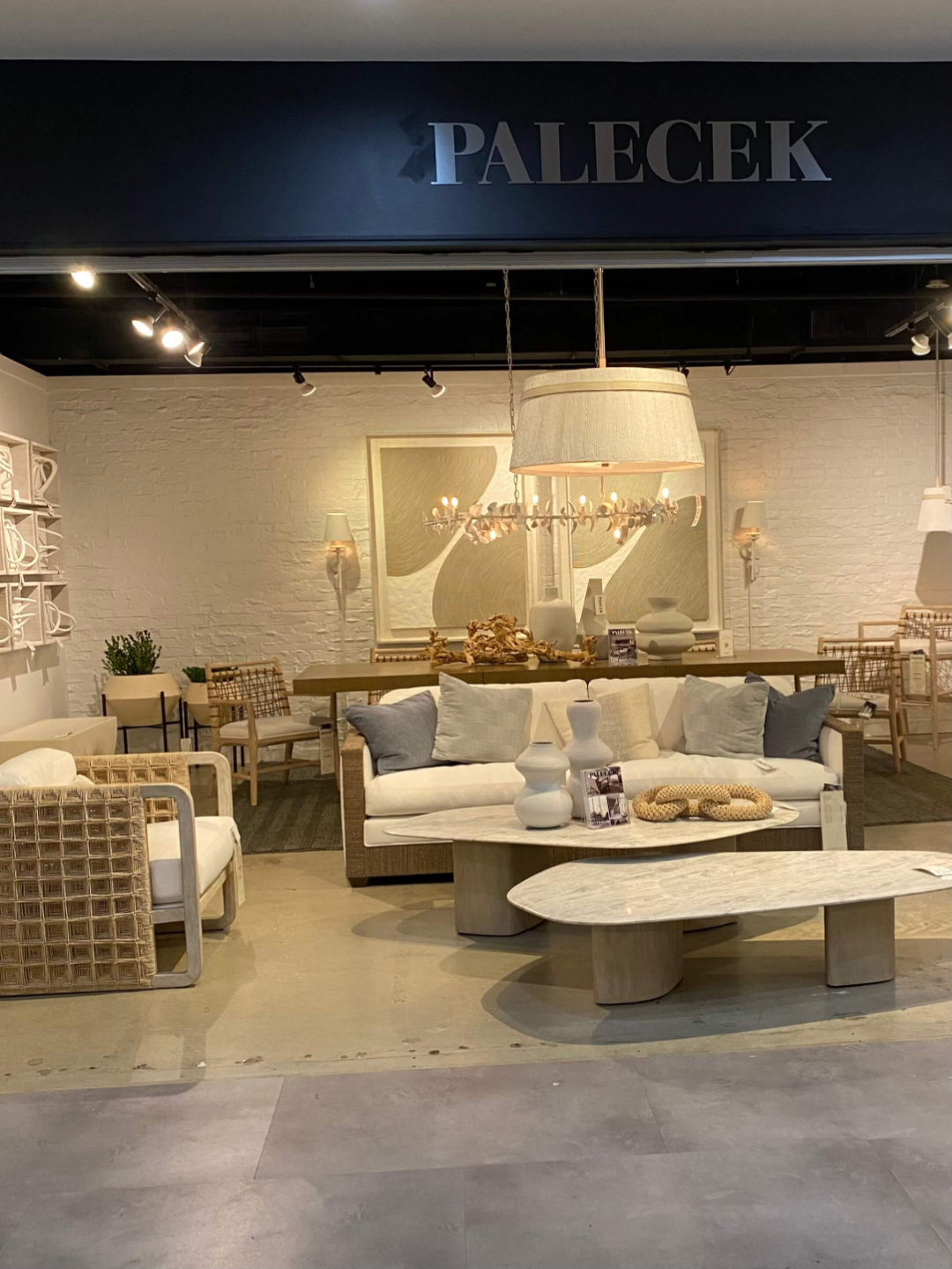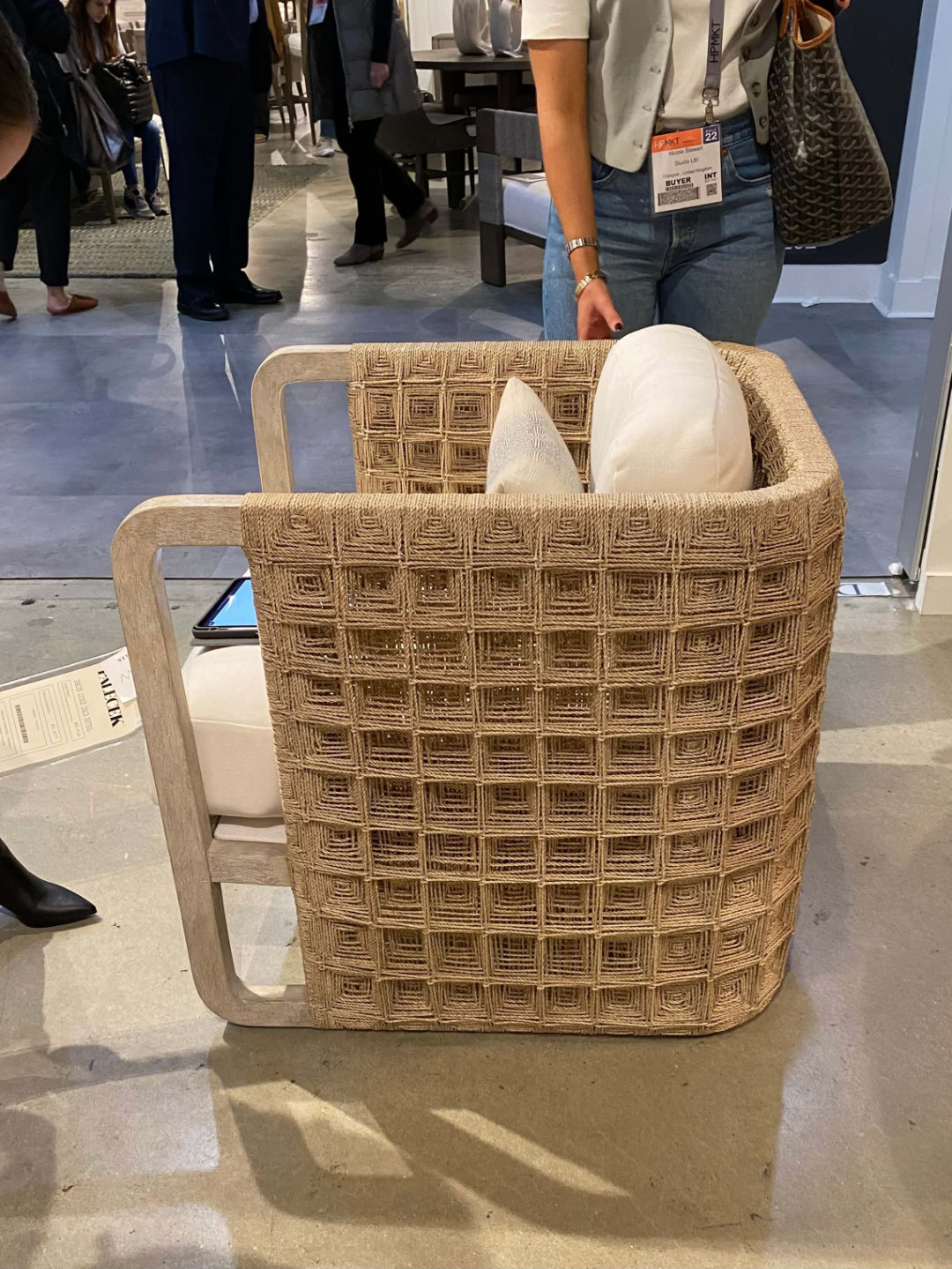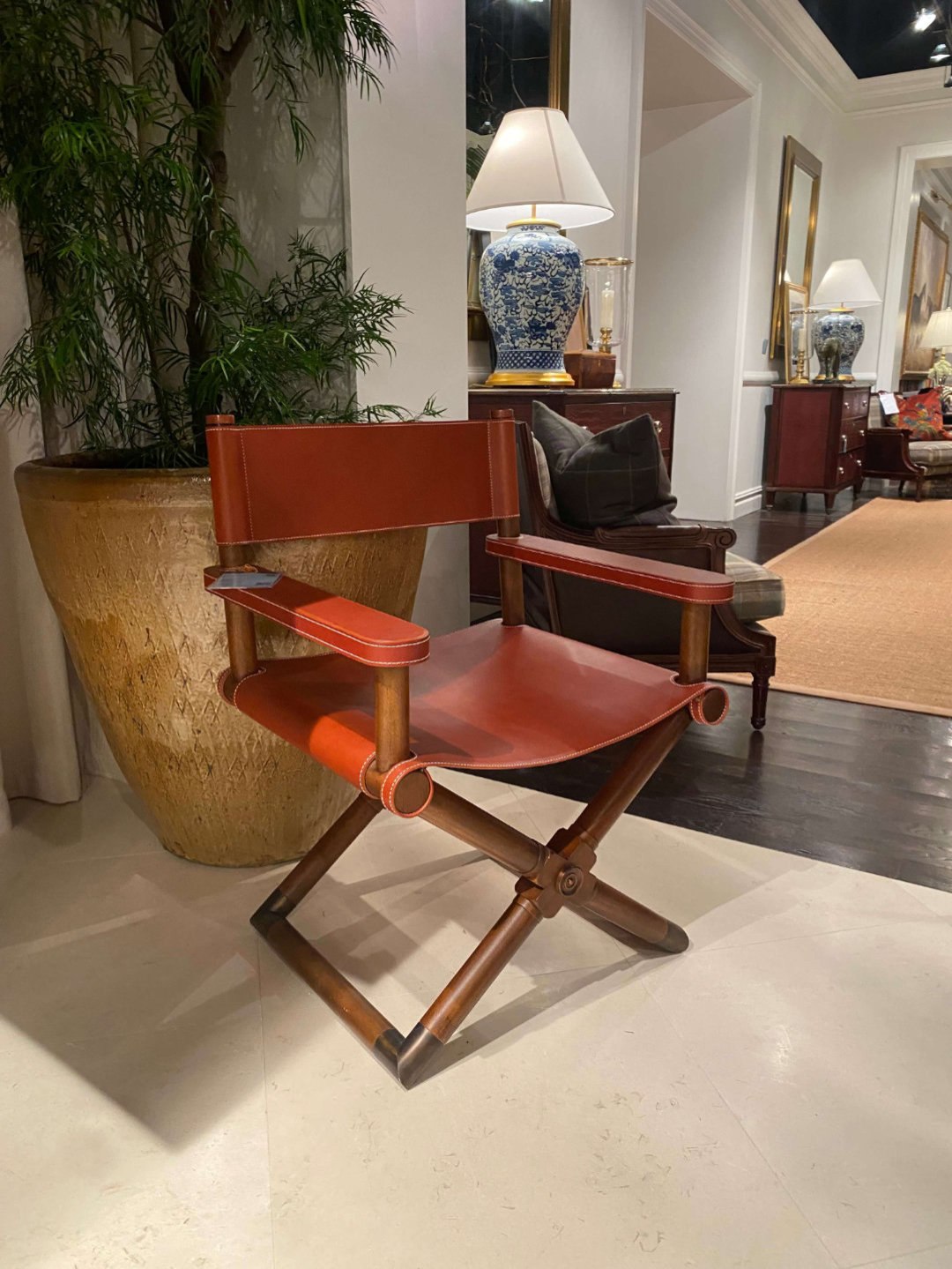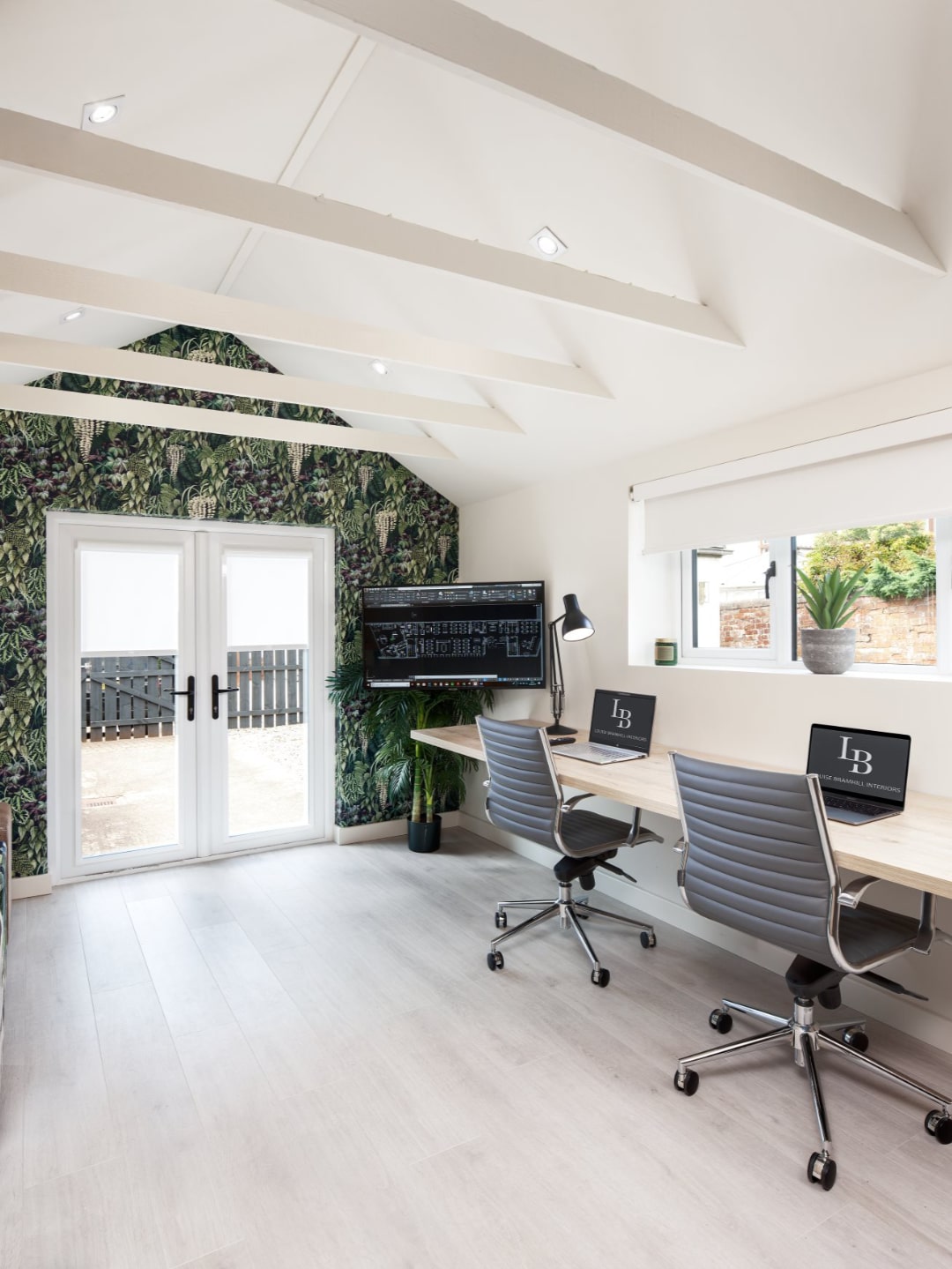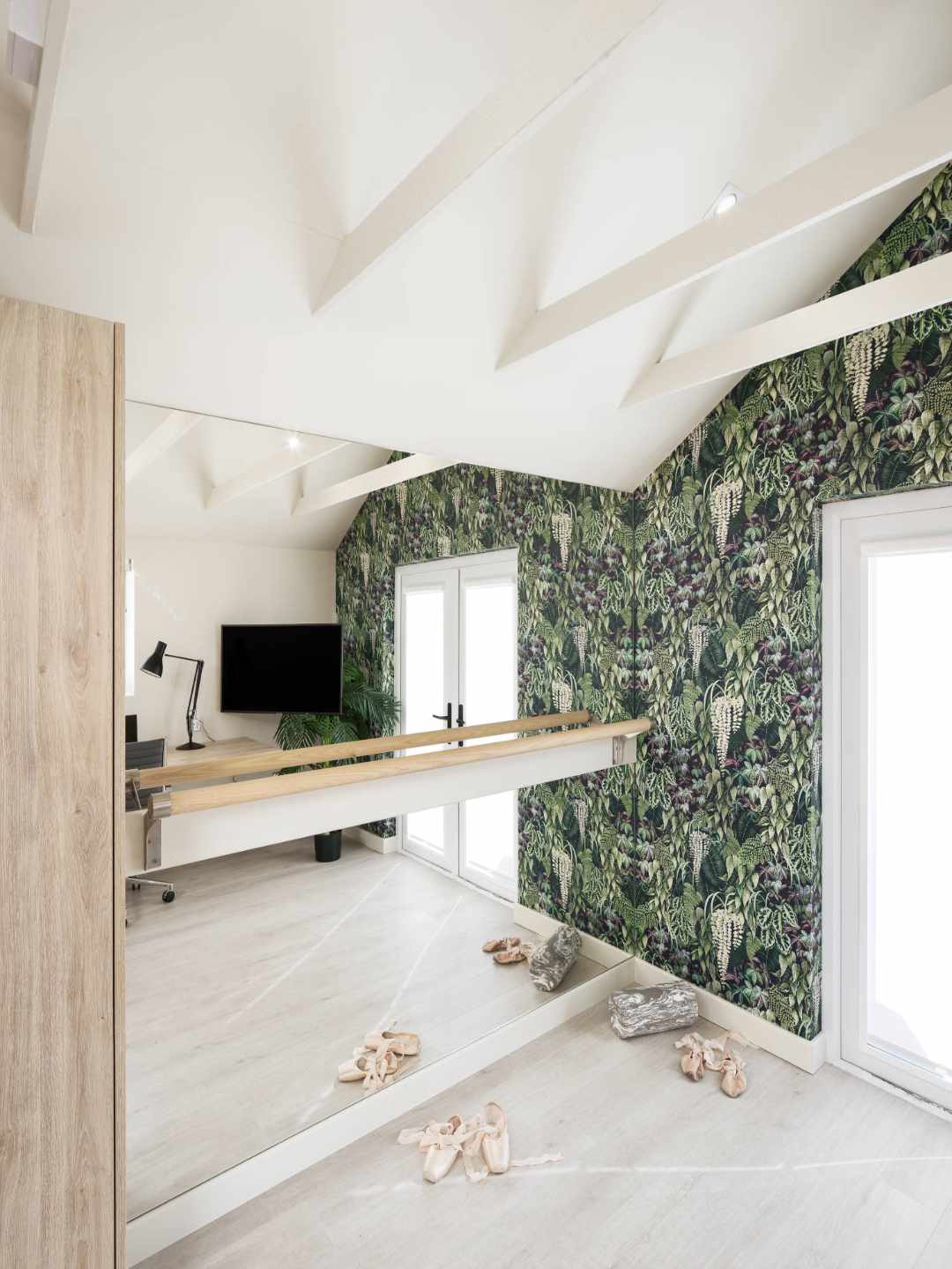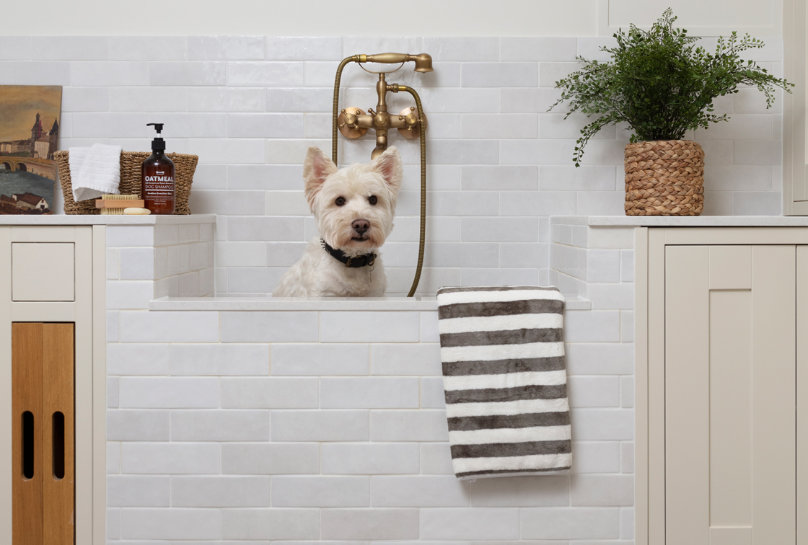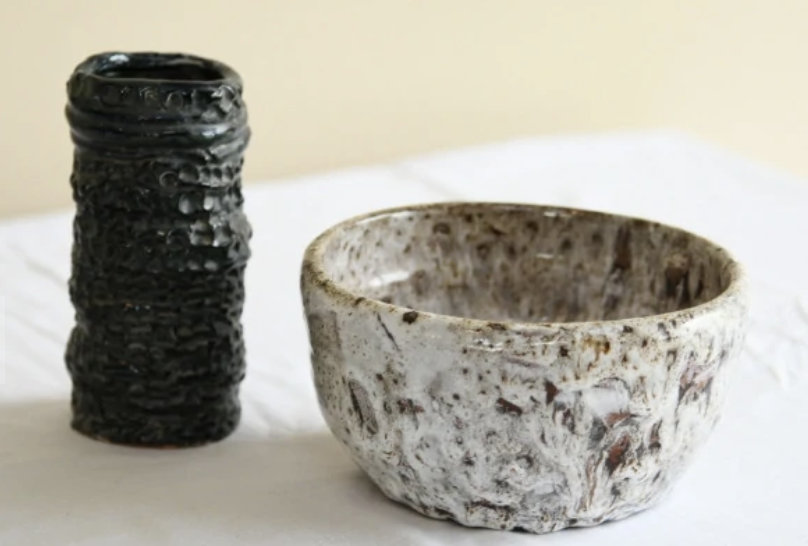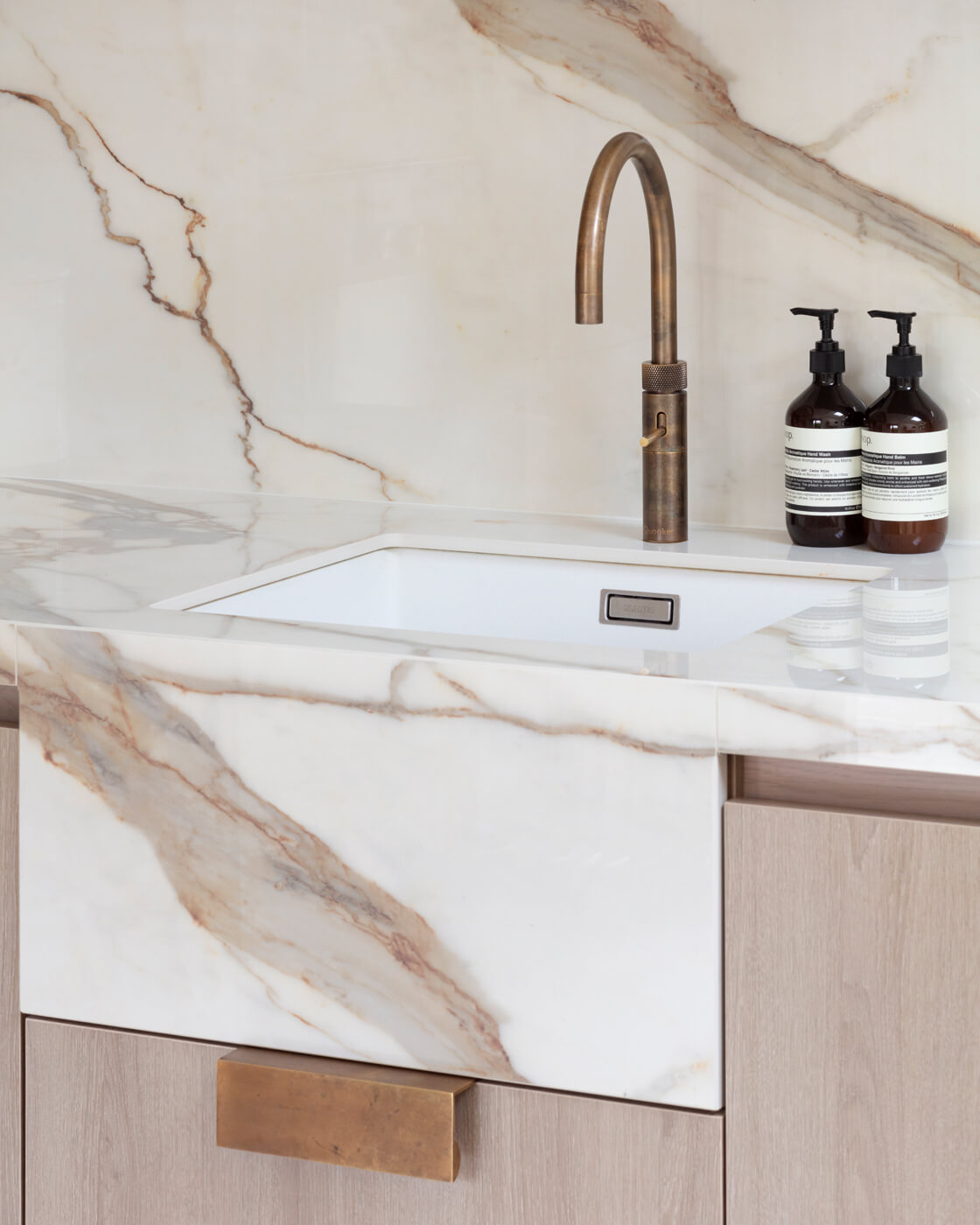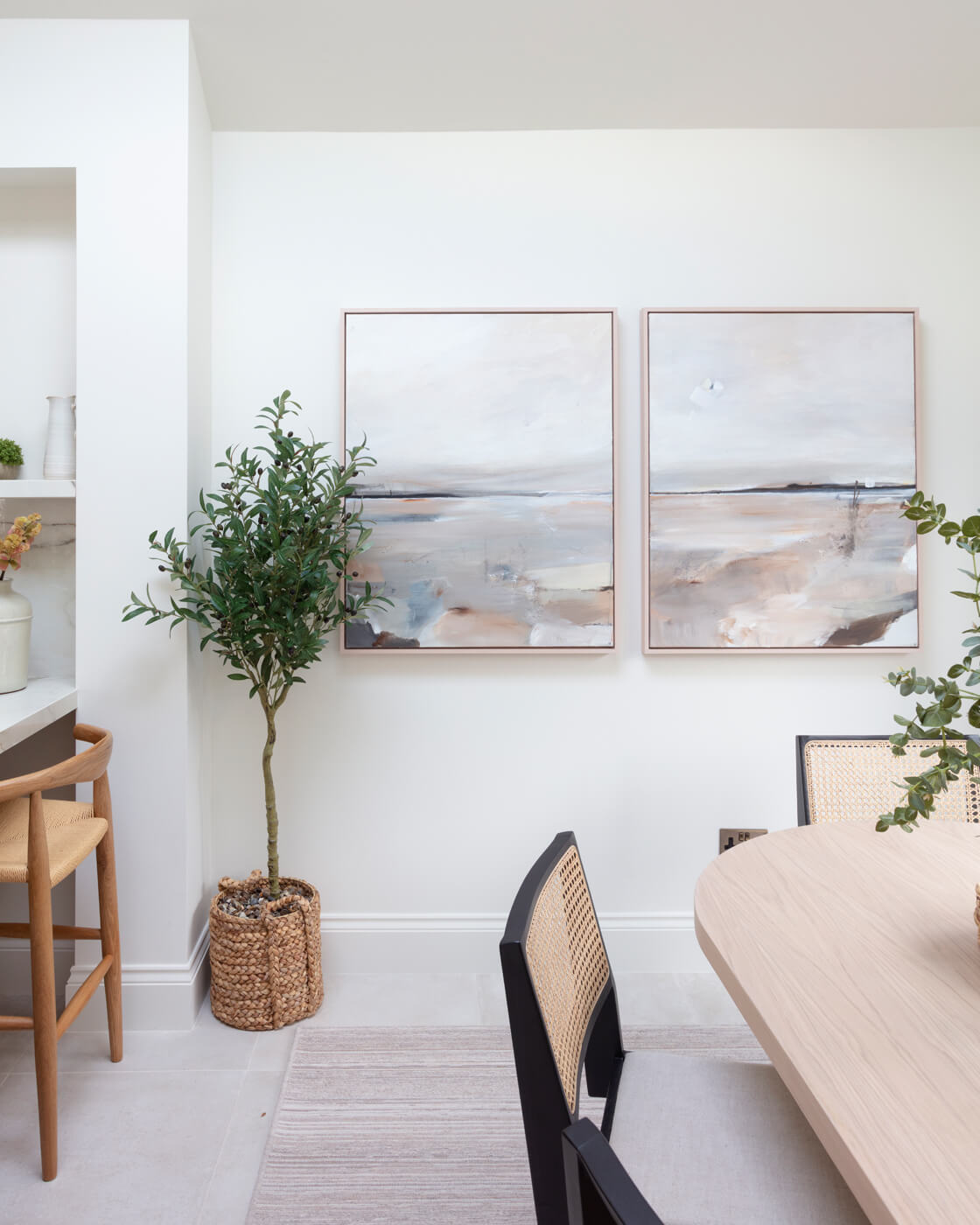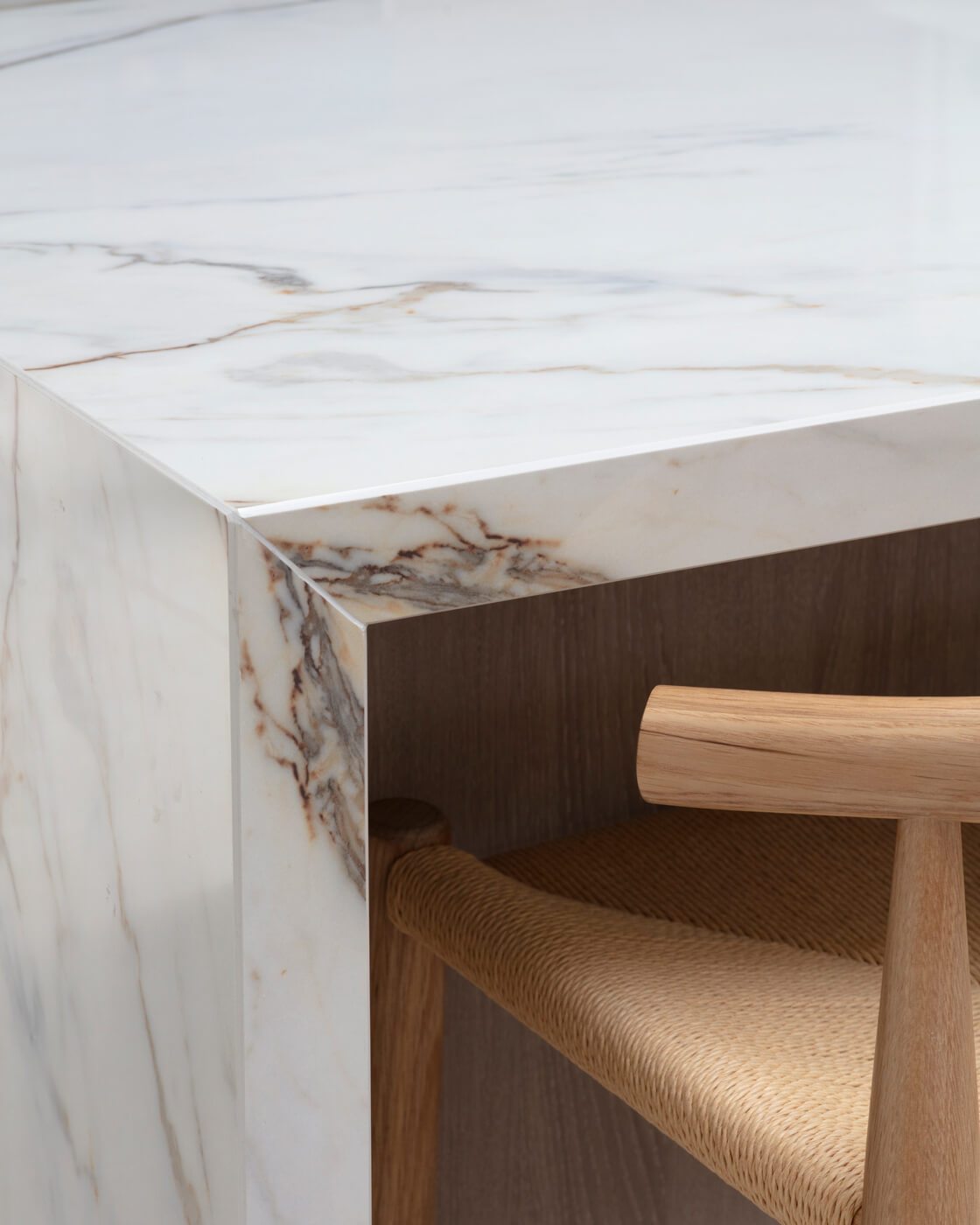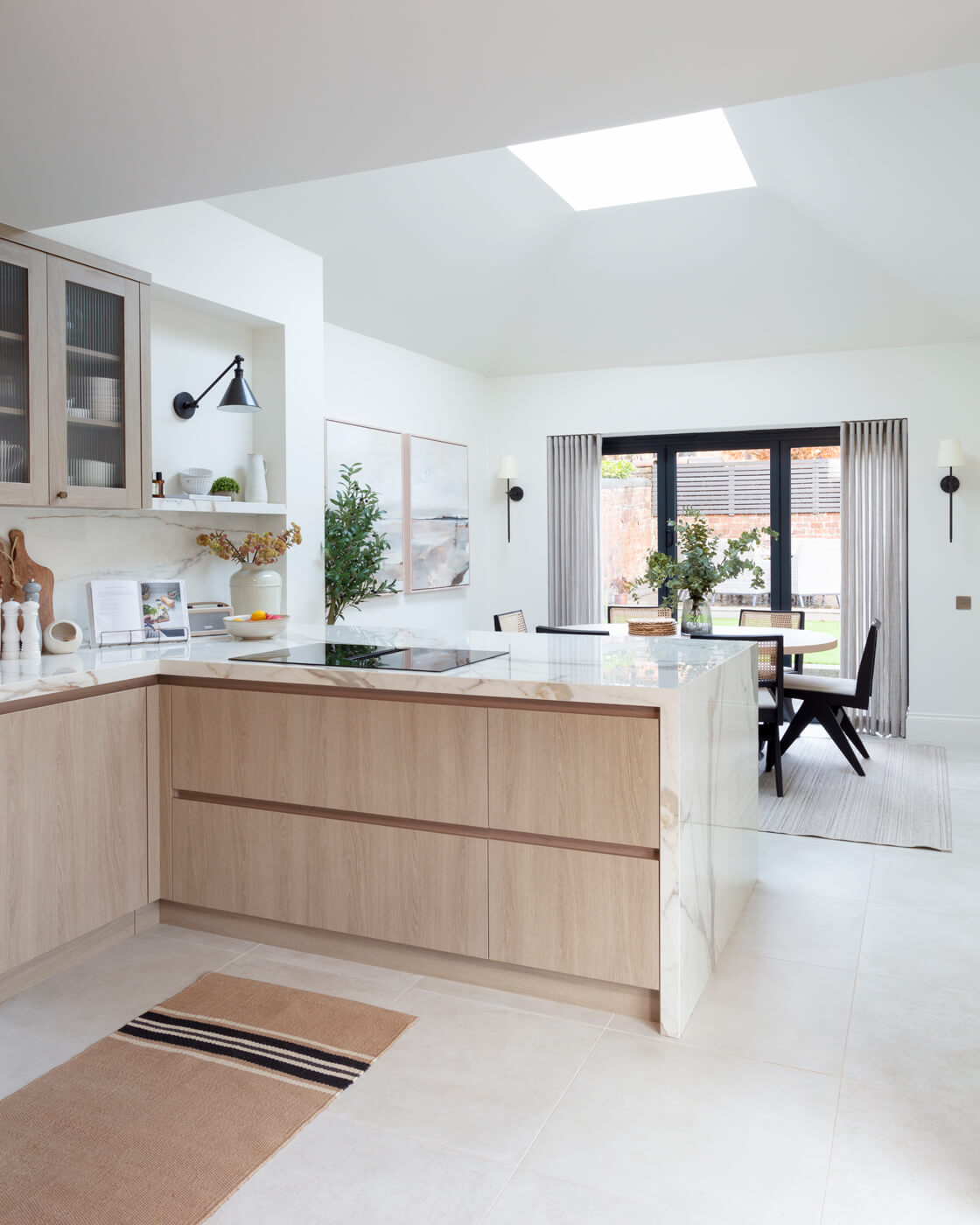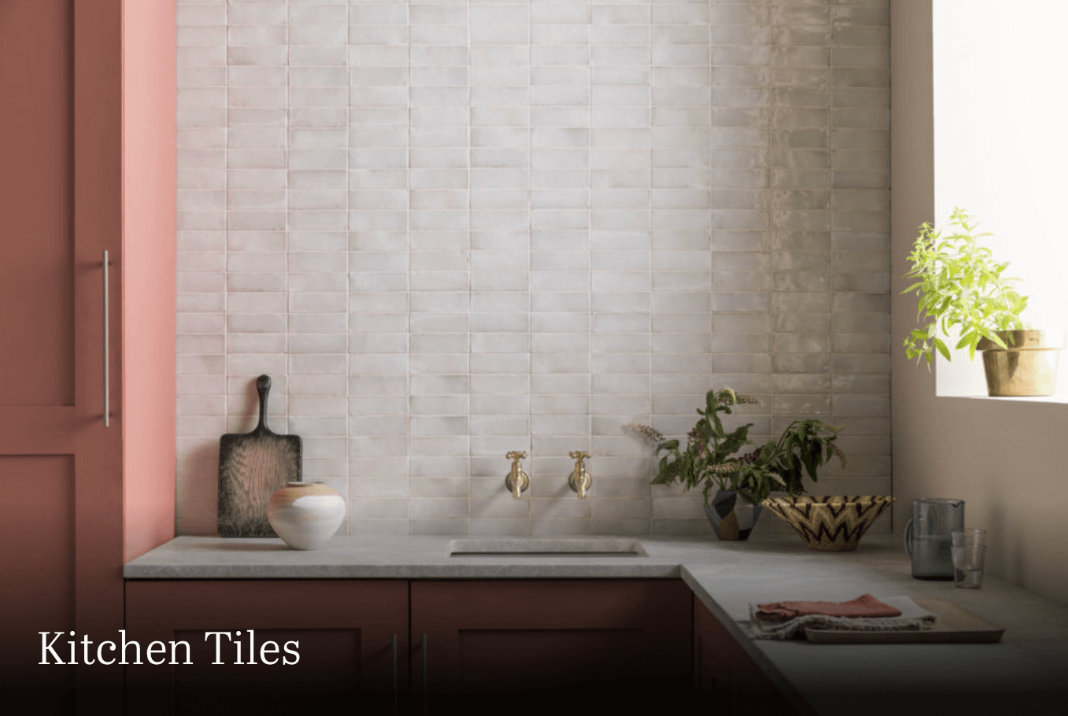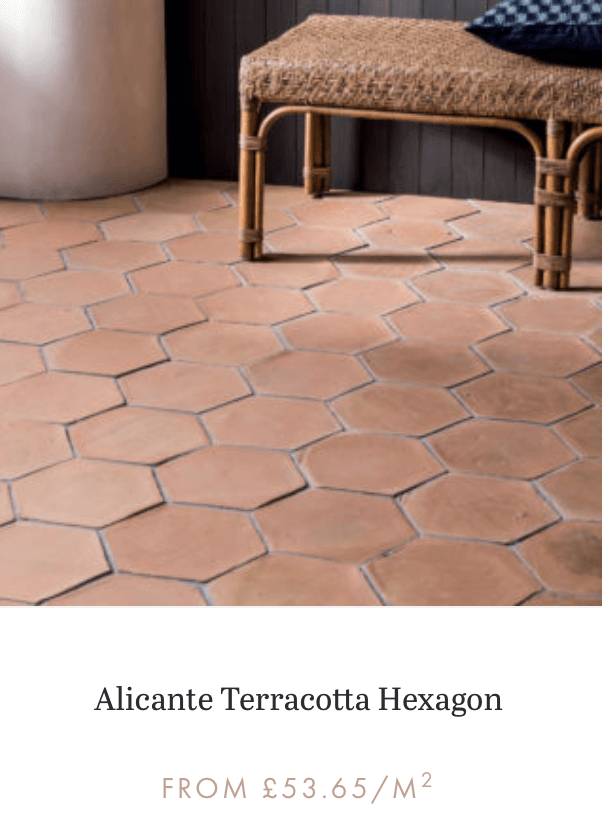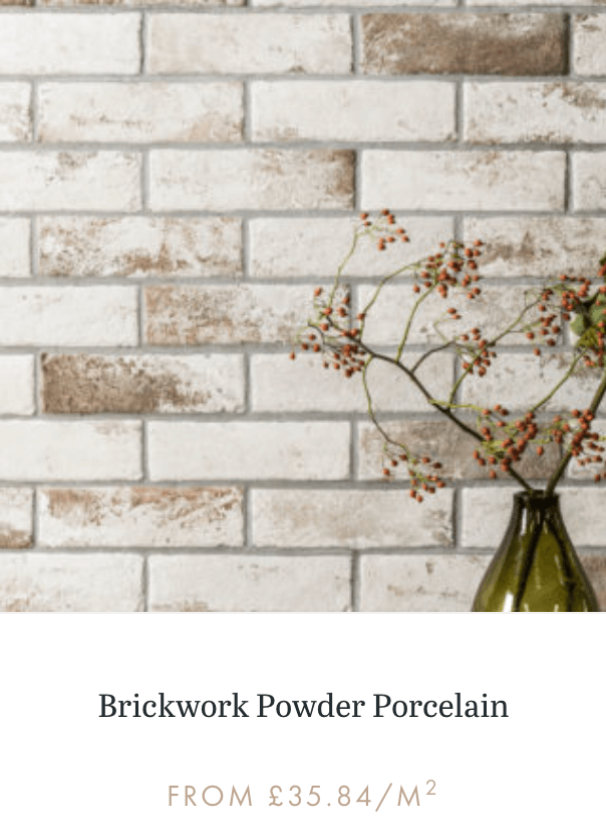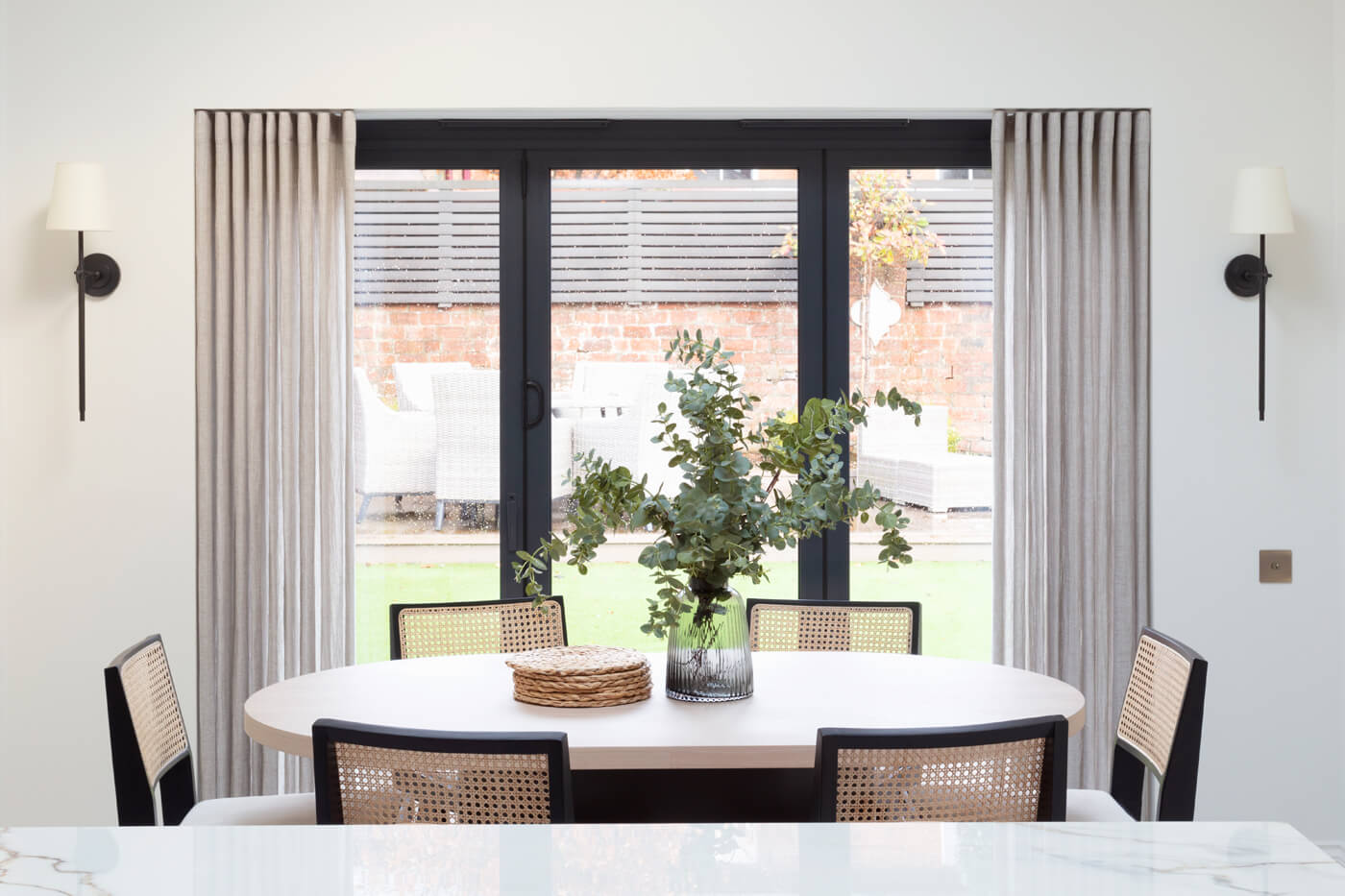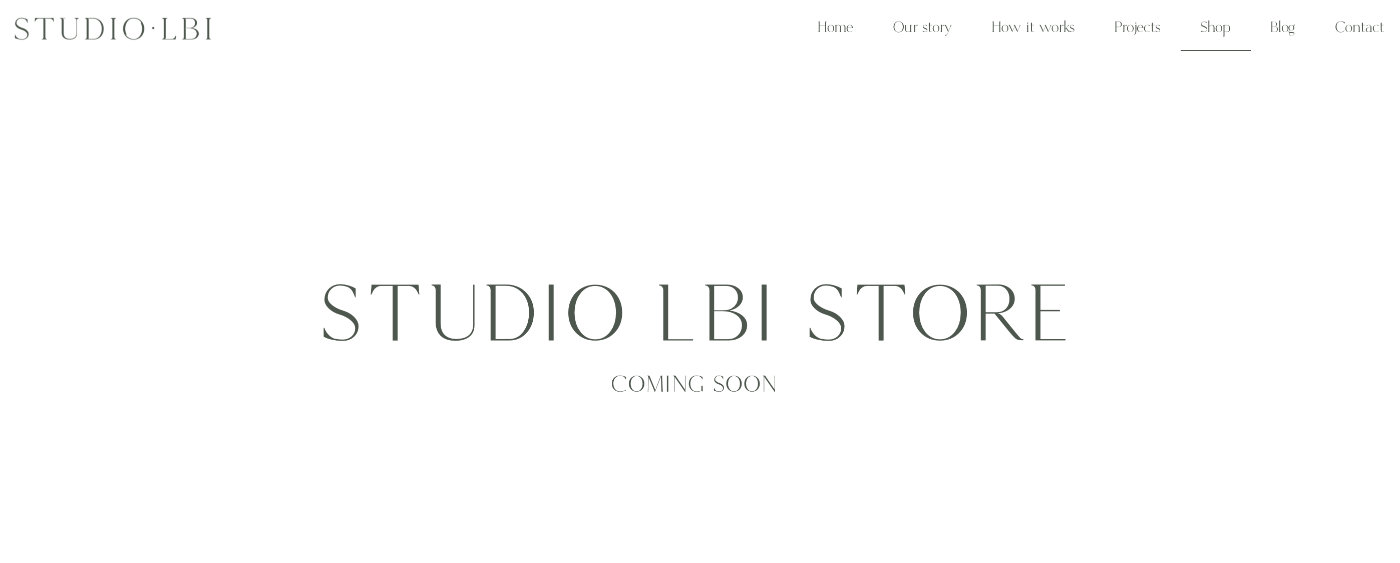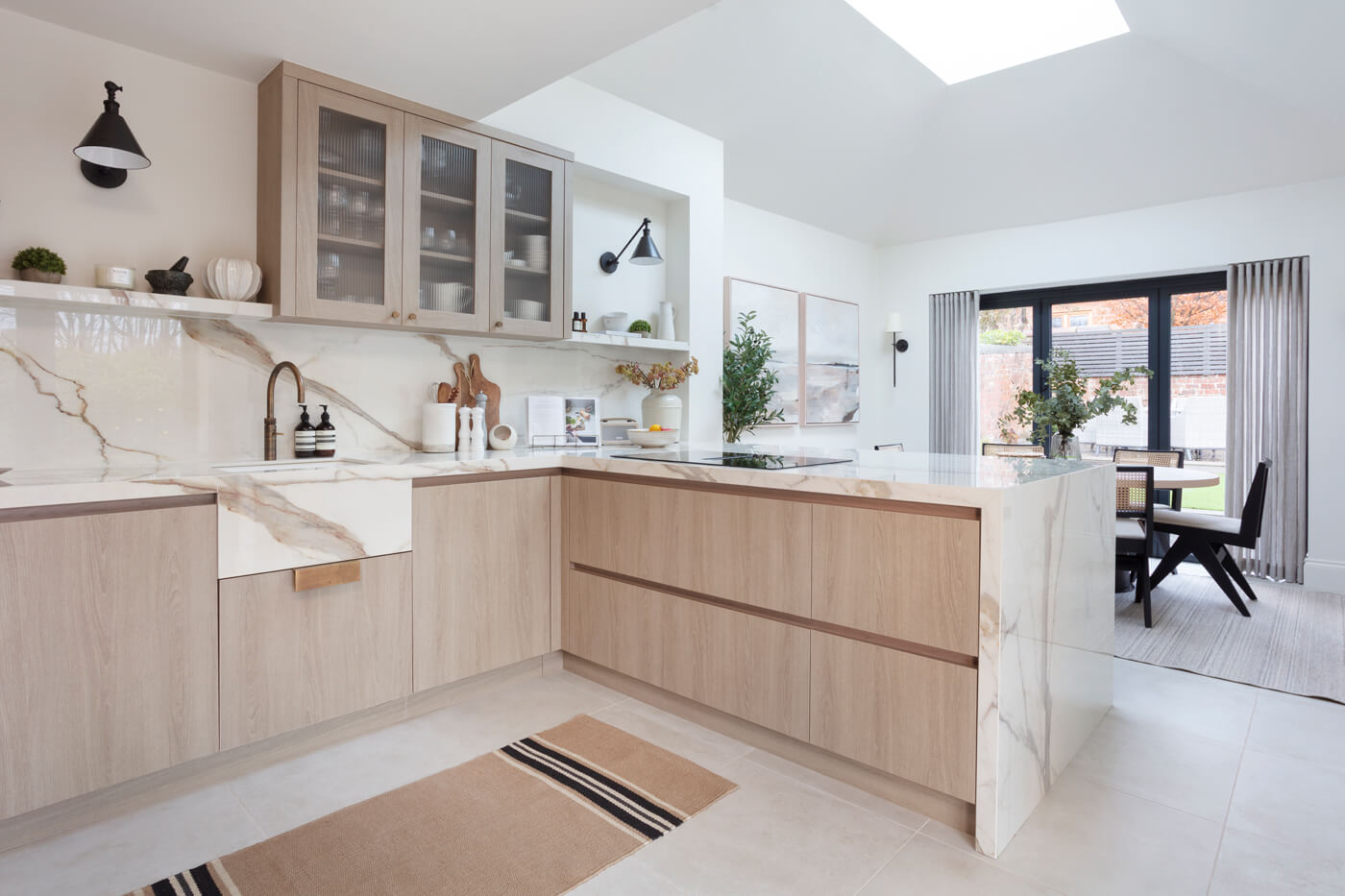

We recently had a trip to visit High Point Market in North Carolina, the world’s biggest interiors expo. We have been following the posts from the Market over the years, but nothing prepares you for the sheer size of the event. High Point Market is the size of a town and every building is filled with furniture and interior design showrooms. We spent 4 days walking around the showrooms and still didn’t manage to see everything. The hospitality was fantastic and we were made to feel very welcome.
We wanted to go to High Point for inspiration, spot new trends and meet potential new suppliers. Our heads are still buzzing with the sheer scale of the event and the number of things we loved.
We had a great start on day 1 with a visit to the Currey & Co showroom for British high tea with a fellow Brit Lucy Searle, editor of Homes and Gardens. It was a fantastic start and nice to meet a fellow newbie to the event, who also looked overwhelmed by the sheer size and scale.
Listed in no particular order, these are the materials, shapes, styles and themes emerging this year and into 2023. I took hundreds of photos and this is only a small snapshot.
Rope and Rattan
We’ve seen a lot of rattan on chairs in the UK over the last few years and it looks like its here to stay. We also saw rope featured on lighting, chairs, mirrors and chest of drawers at Currey & Co. Lots of natural rattan lighting at Visual Comfort and we loved seeing a rattan version our favourite Darlana fixture. We particularly liked the rope four poster bed and beautiful rattan chairs from Palecek.




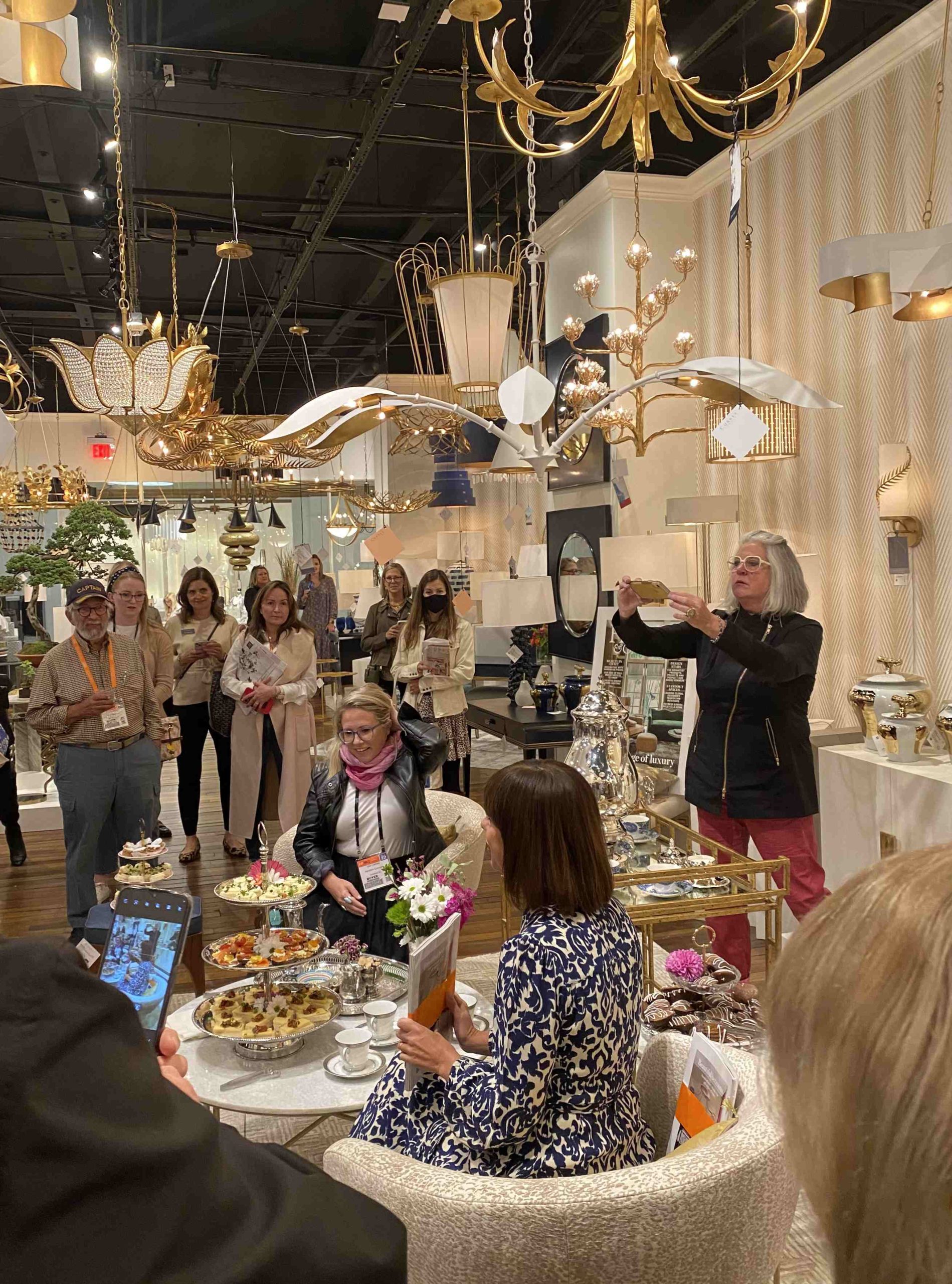

Rope and Rattan at Highpoint
Super comfy swivel chairs
An unexpected theme that was repeated in nearly every showroom was swivel chairs. We have a small selection of swivel chairs in the UK, but nothing as stylish as these examples. Some of our favourites were from Regina Andrew, Vaughan and Interlude Home.
Swivel chairs work perfectly in open plan kitchen/living areas to enable socialising with every area of the room without getting a crick in your neck. Our houses are a lot smaller than the majority of American houses and much of our furniture tends to be tucked next to a wall to maximise floor space. As a result swivel chairs don’t work so well, but with open plan kitchens and living areas becoming more common place I think these are going to become a more realistic addition to the seating options we can specify. These chairs don’t look like swivel chairs and are exceptionally comfortable. A welcome break for sore feet too.
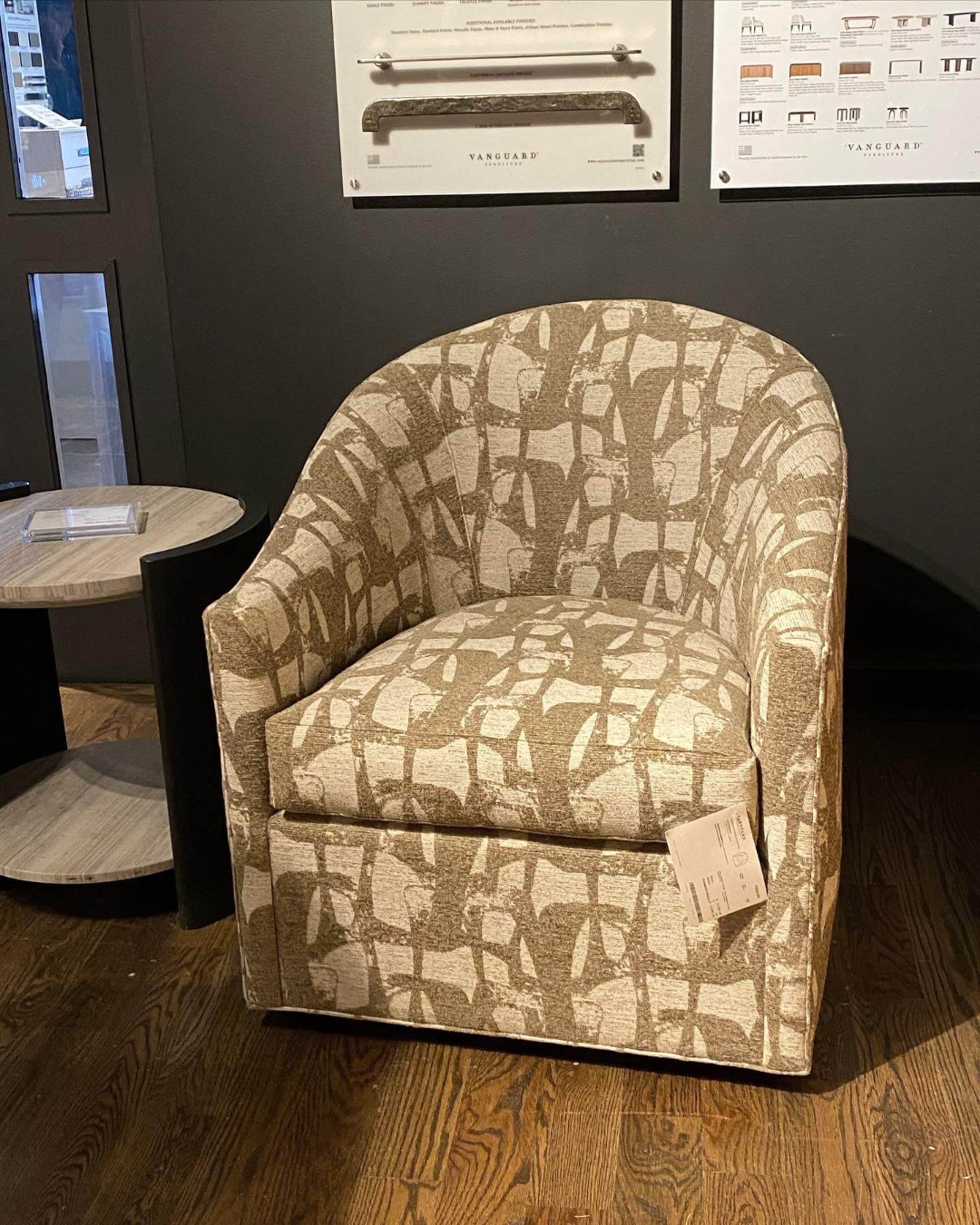
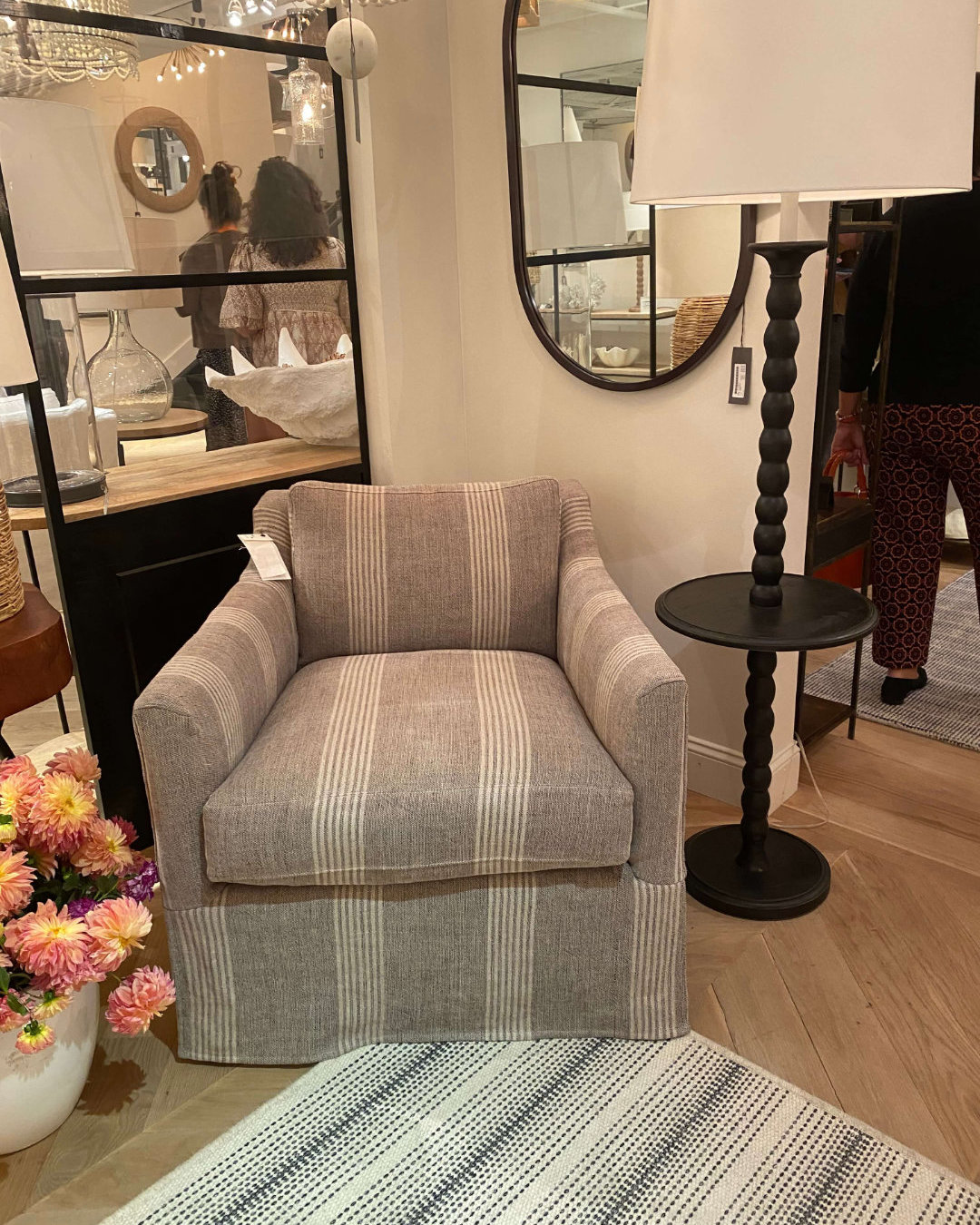
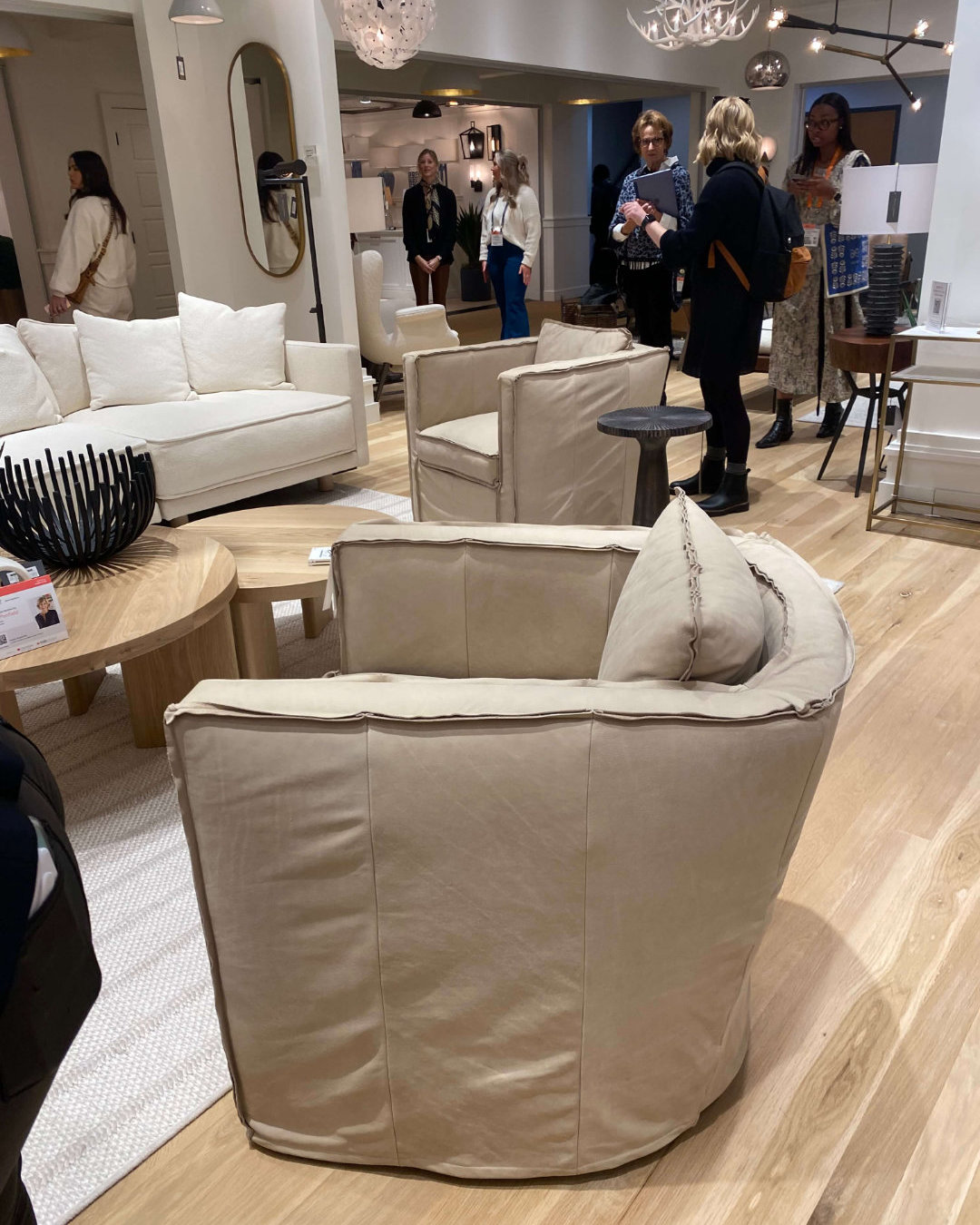
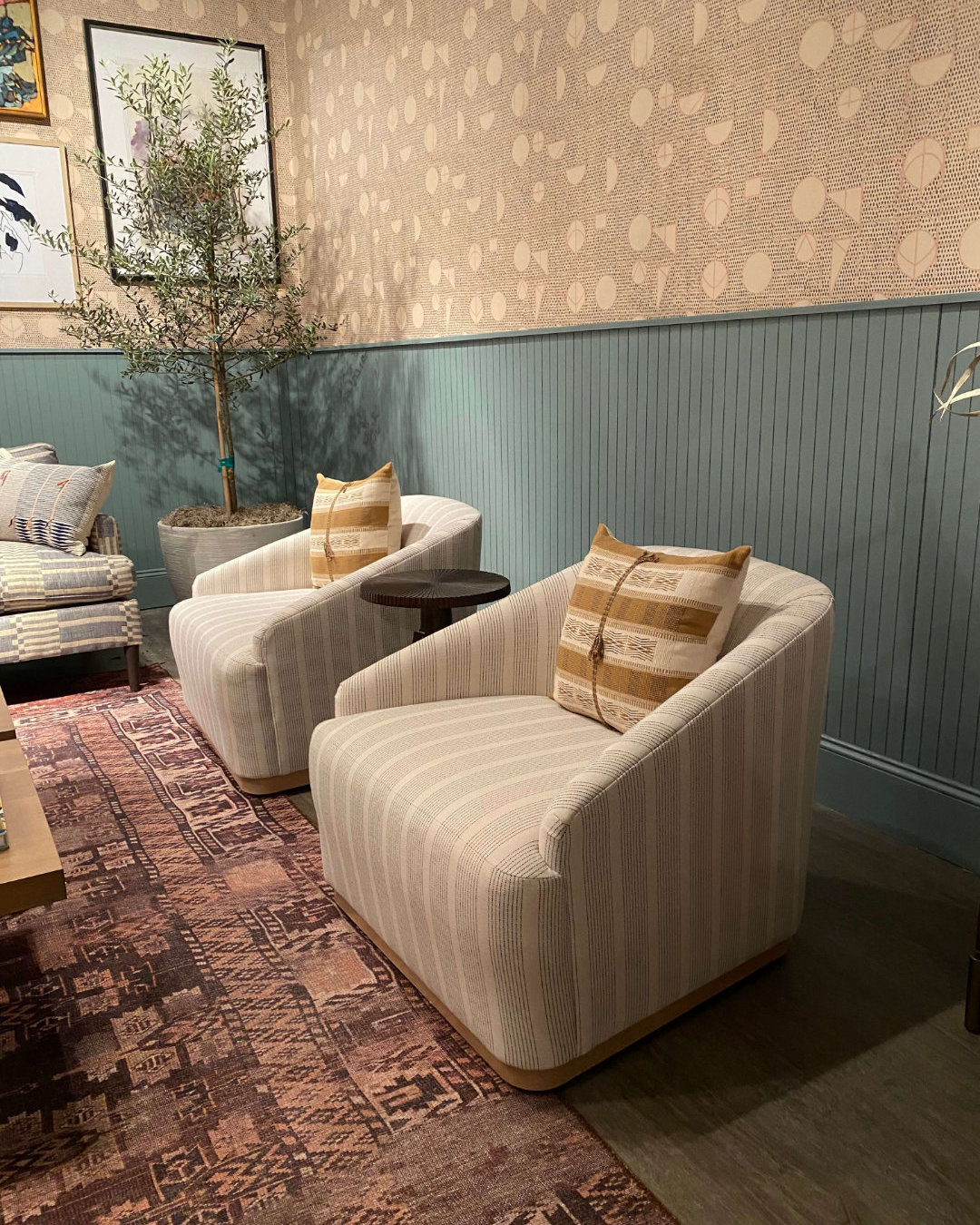
Swivel chairs
Vintage
Another trend that has been with us for a while now is vintage. Investing in key pieces that tell a story or “calculated vintage” as described by Lucy Searle from Homes and Gardens. I’m glad this is still important. We saw a lot of vintage rugs on our trip. I wish I could have packed a suitcase full of them. The desire for authenticity was evident in a number of showrooms, with a weaver based at the Loloi rugs showroom. Here they had an enormous selection of beautiful vintage rugs alongside much more practical lookalikes reserved for more heavily used rooms such as kitchens, playrooms and boot rooms. The designs and motifs mimic the originals, often with interesting textures like the cloud pile by Loloi rugs, which was soft like velvet. One idea that I thought was lovely was repurposing vintage rugs into art and cushions. I love using discarded pieces and giving them a new lease of life.
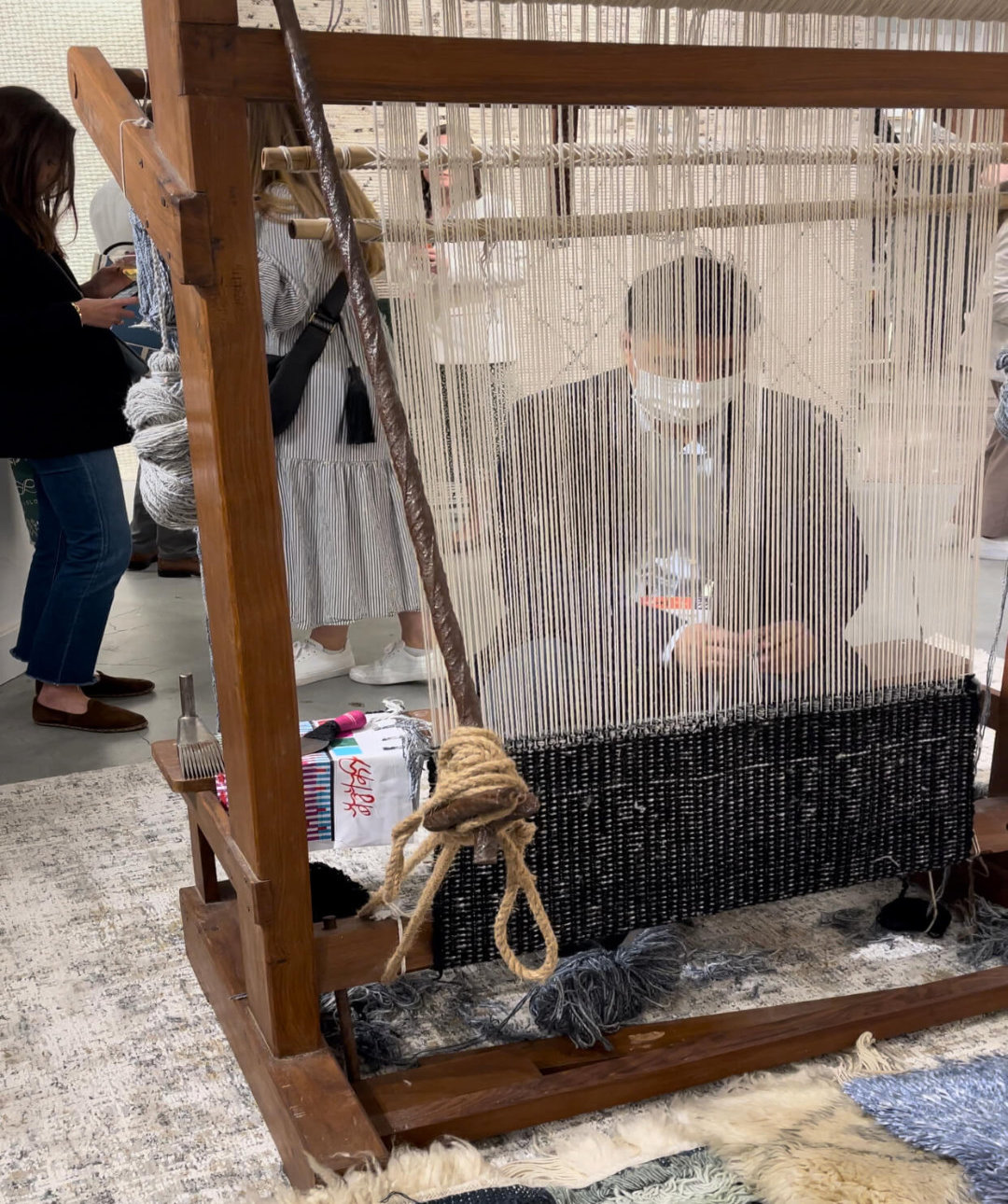
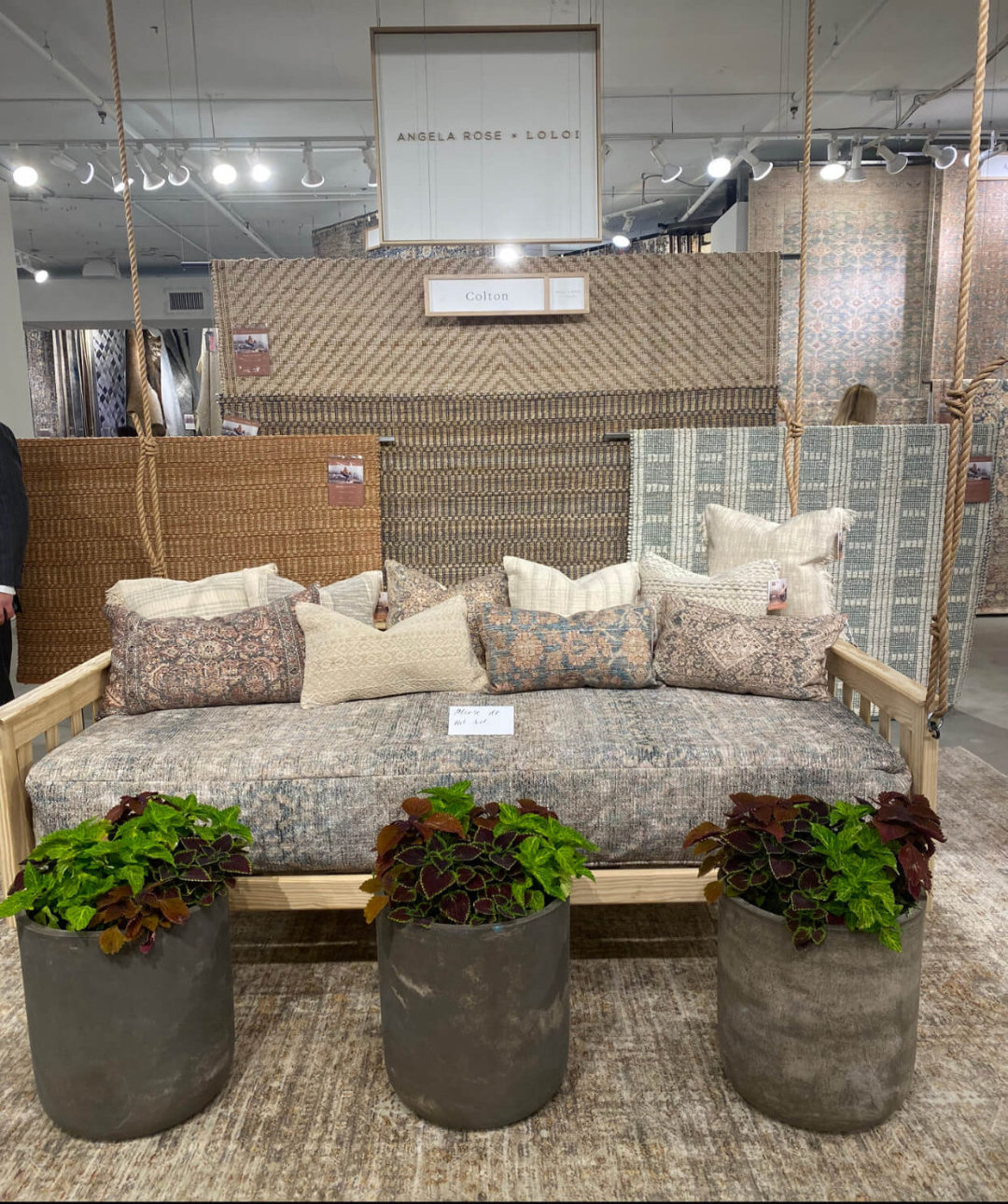

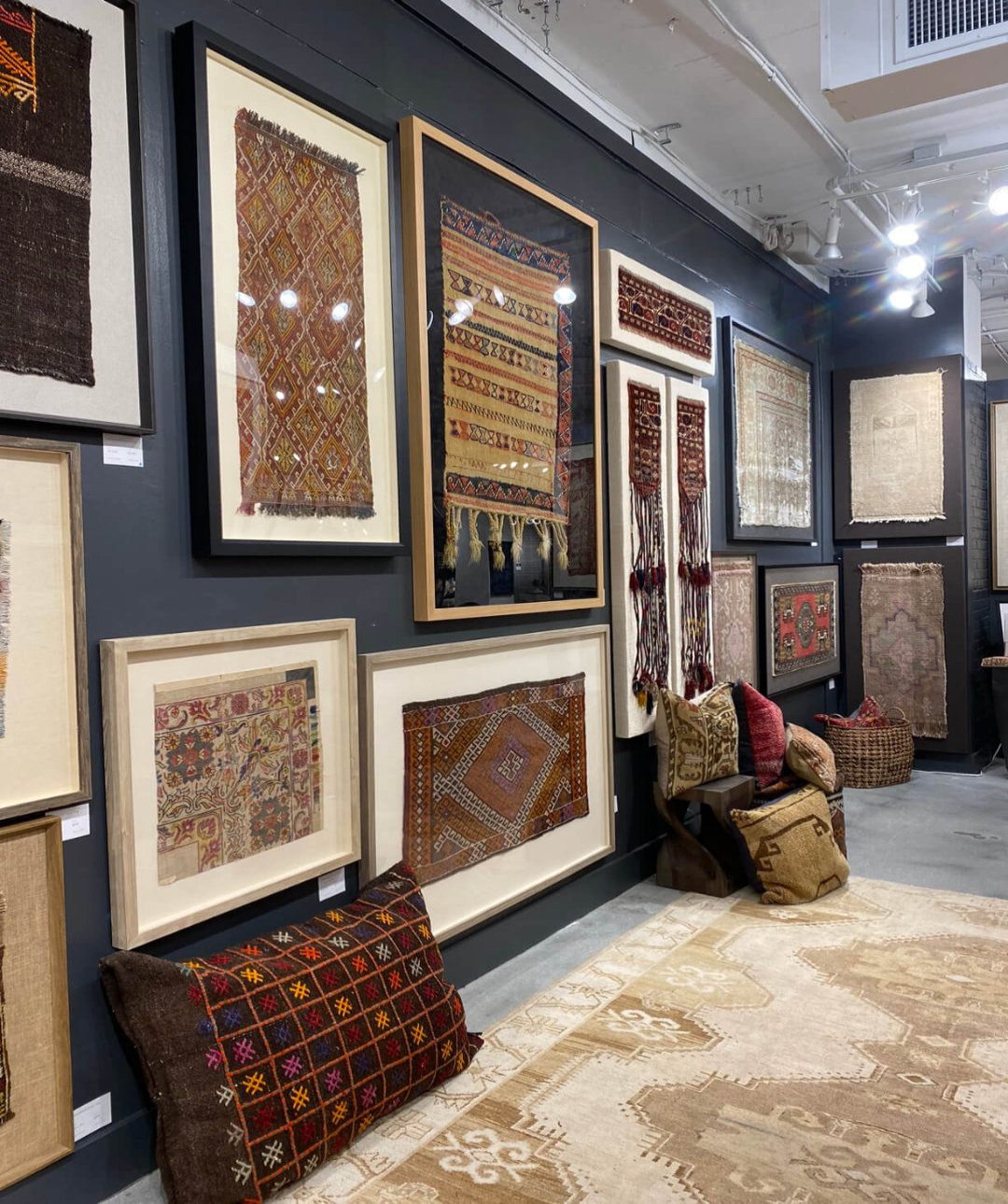
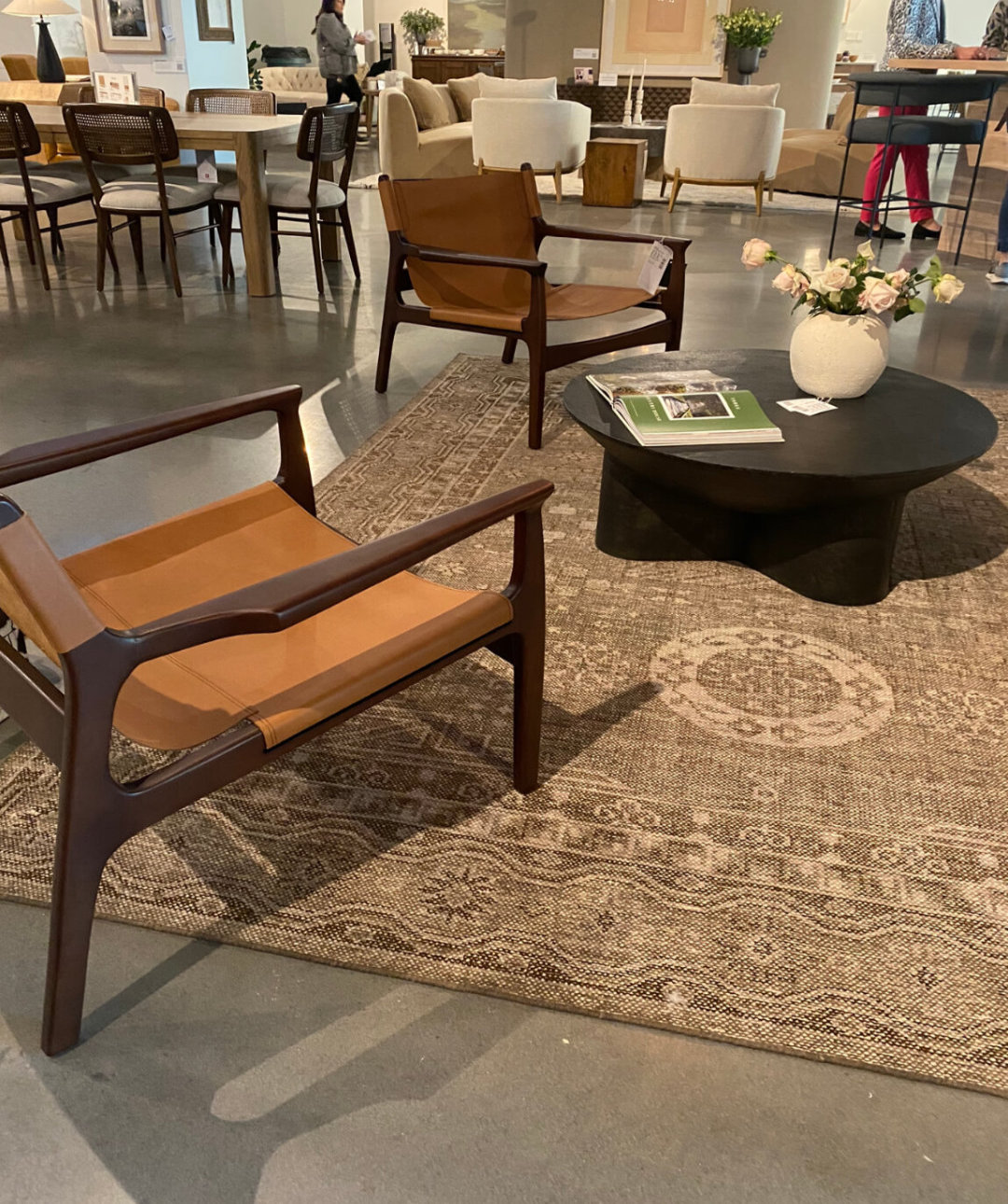
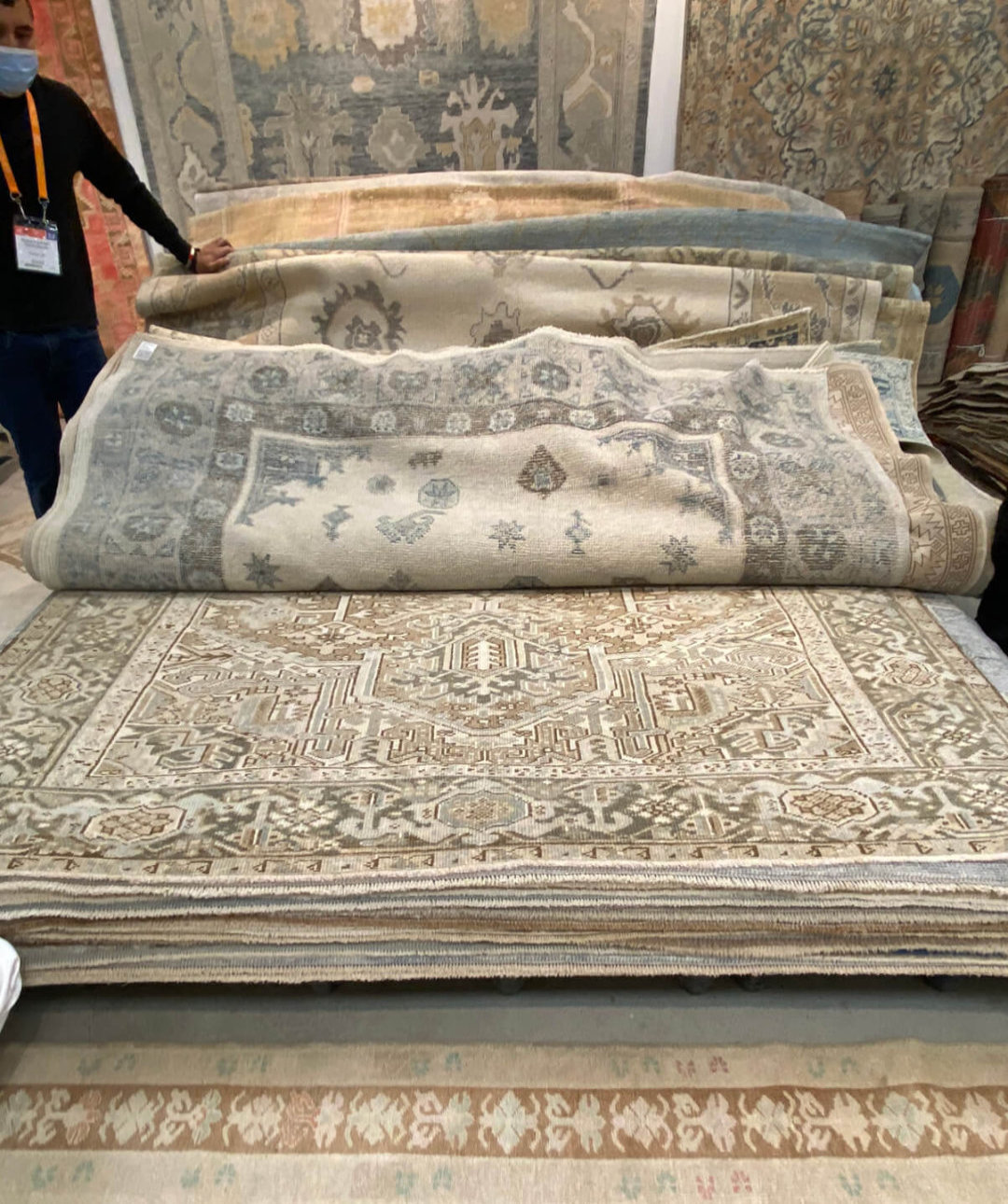
Vintage trends
Buying quality and sustainability
Buying quality which is sustainable ‘Buy well, buy once” connects us back to quality craftsmanship and that’s something we’re very keen to encourage in our projects. For most of our projects we try to keep our manufacturing within Scotland, with a keen eye on the provenance of the materials we use and their sustainability (even if it’s tough to see all the way back through the supply chain). Creating rooms with pieces that are unique and sourcing pieces that do as little harm as possible to our planet. We like source as much as we can from the UK and make as much as possible in Scotland to support British craftsmen and minimise the impact of transportation on the environment.
